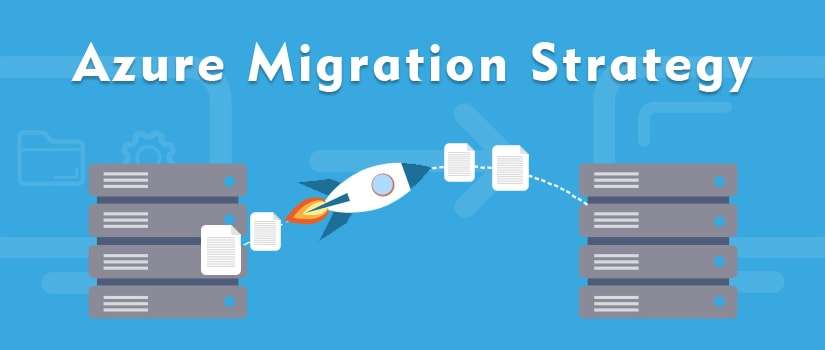Many Organizations are moving to the cloud for the development of their infrastructure. Yeah, cloud as cost-effective means to develop, deploy and manage their infrastructure. A Cloud platform provides many advantages such as higher efficiency, greater flexibility, lower costs and superior performance of applications. Yeah, I’m talking about Microsoft Azure it is the one such Cloud platform that offers security, reliability & scalability to an Organization.
Microsoft Azure provides a range of cloud services, including those for computing, analytics, storage and networking. We can pick and choose from these services to develop and scale new applications, or run existing applications, in the public cloud. It is best for hosting collaboration systems, running big data applications, and migrating on-premise infrastructure.
Also read: Simplifying IoT Solutions for Enterprises: The Stupendous Power of Azure IoT Central
Microsoft Azure also offers to use the latest technologies that add the greatest value to a business. Are you planning to push an existing infrastructure to the cloud, migrating legacy applications, or deploying business-critical applications on Azure, if yes then one needs to carefully plan a migration strategy that best fits their specific requirements.
Let’s see to quick steps,
Ascertain
For Azure Migration, you need to catalog your software and workloads as the first step, documentation of all inventory, assessment of applications and workflow related to each data entity should be done. If it is just about the infrastructure that needs to be done, then catalog the workloads.
Assess
The next step is to start with a custom, simple assessment to categorize the applications and workloads and you will get to know the exact amount of work required. There are few tools like Microsoft’s Virtual Machine Readiness Assessment Tool and Microsoft Assessment and Planning (MAP) toolkit that can help in the assessment. This will lead to effort and time savings, thus it needle also helps in avoiding frustration and costly resource consumption.
Also Read: Planning Hybrid, Multicloud, and Edge Cloud Strategy With Azure: Why and How?
Target
Classifying the destination of workloads will make it easy and decrease efforts and in this step speed, ease of migration, cost and desired functionality, virtual machines and operating system are considered.
Migrate
So this is an important step to make the actual move after following all the steps. Microsoft Azure handles infrastructure such as servers, storage, networking, and virtual machines and managing their operations after migrating as well. An Organization can start with a simple application which can be divided into components to migrate to the Azure environment. After testing a single component thoroughly, we can move. This is done until all the components or workloads are migrated to Azure. This helps in ensuring minimal to zero application/user disturbance and 100% availability of the migrated application.
These are important highlights that simplify the complexity involved in an Azure migration. There are many companies adopting the highly secure, reliable and cost-effective Azure platform to manage their solutions effectively. Hence it also adds benefits to infra by cost-cutting and gaining a great profit.


